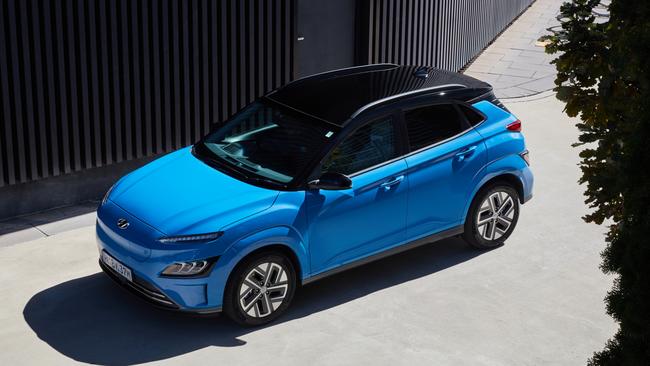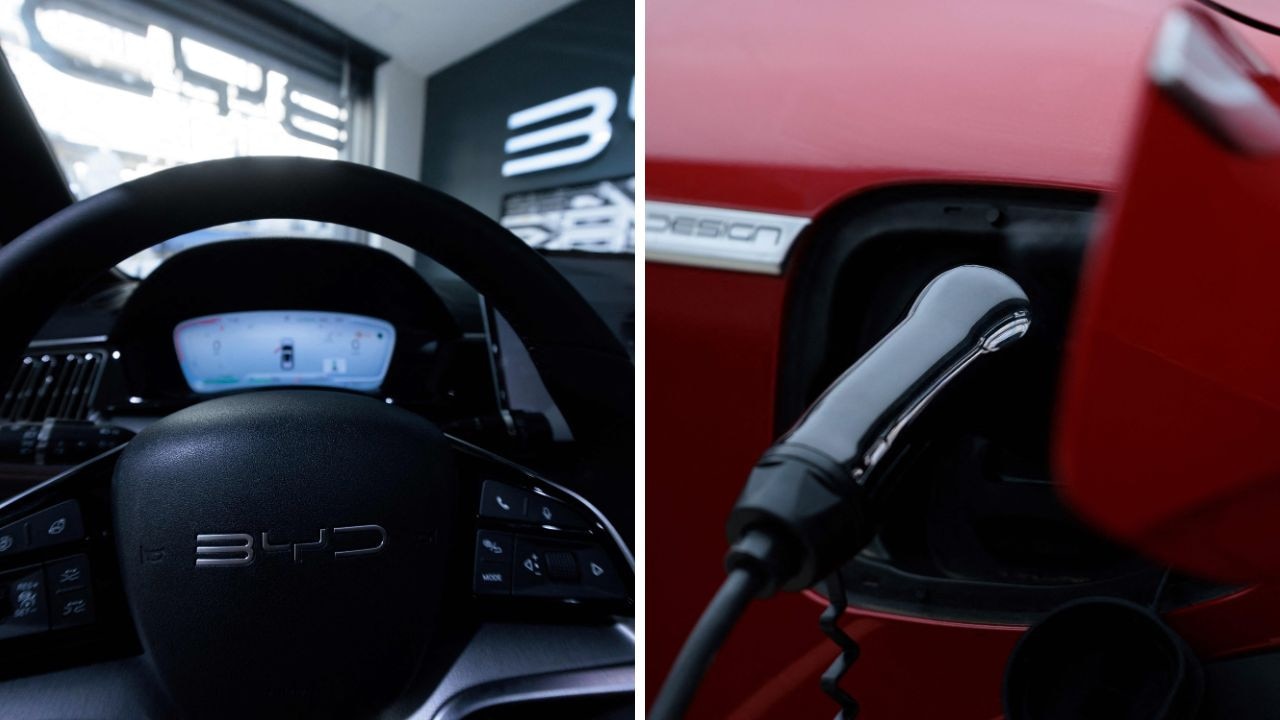2023 Hyundai Kona EV long term review
We’ve lived with an electric car for months to see what its really like to own one and bust lots of the myths surrounding the new technology.
Car Advice
Don't miss out on the headlines from Car Advice. Followed categories will be added to My News.
Hyundai now has three electric vehicles in its local line-up, more than any other mainstream car maker.
The award-winning Ioniq 5 SUV and all-new Ioniq 6 sedan have grabbed the recent headlines but if the budget can’t stretch to either of those, the Kona small SUV is worth a look.
Prices start at roughly $57,400 drive-away for the standard-range Elite model and stretch to about $67,000 for the Highlander extended range.

The good news is that means both models qualify for a $3000 rebate in most states, while NSW buyers will enjoy a further stamp duty discount of roughly $2000.
That’s still a big leap from the petrol-powered Kona Elite, which costs about $35,600 and the Highlander, which is $42,200.
But the current Kona electric is heading into a run-out period – a new model arrives in the middle of the year – so there’s a chance you might be able to twist a dealer’s arm on price.
Unlike the Ioniq 5 and 6, which were designed from the ground up as electric vehicles, the Kona was originally created as a conventional petrol or diesel-powered SUV.
That means the interior isn’t as cavernous as the other two, which take advantage of the extra space liberated by a dedicated EV platform.

It’s a little cosy in the back for adults and the boot isn’t especially big, but it’s a pleasant enough space in which to spend some time.
The new Kona will be bigger, with a more modern interior, but it is also likely to cost a lot more and the basic battery and electric motor technology will be very similar.
After a couple of months behind the wheel of the current Kona EV extended range we can report that it’s a thoroughly enjoyable little SUV to punt around town.
The cabin has all the bells and whistles, it’s comfortable, the electric motor delivers punchy, refined performance and the electric range of 484km is easily achievable in a mix of city and freeway driving.

If you’re driving the car in traffic, which is the most likely scenario for most customers, you can squeeze out more than 500km between charges.
We put the Kona to the test on a trip from Sydney to the Blue Mountains using the new WestConnex freeway. At 80km/h, the Kona was using less than 13kWh/100km, which works out to roughly 500km of range. By the time we’d completed the outward journey, which included a long stretch of 110km/h freeway and a climb up the mountains, the usage jumped to about 15kWh/100km, which translates to about 425km of range.
The trip down the mountains was an eye-opener, though. Our first 17km used just 3kWh/100km thanks to the car’s regenerative braking, which feeds charge back into the battery as you slow. By the time we’d reached the end of our return journey, we’d averaged 9.7kWh.

At the end of the round trip we’d travelled 154km and lost 164km of predicted range, which is pretty close to the mark.
We’ve had the car for a couple of months now and haven’t yet resorted to using a public charger. We’ve simply plugged the car into a standard household power point in the garage.
If you let the battery charge drop too low, then it can present logistical problems: at one stage we had 50km of range left and the car’s on-board computer told us it would take 31 hours to reach full charge. Since then we’ve recharged once the battery’s reached 50 per cent. That means topping up once or twice a week.
If you’re working at home twice a week, which many of us are post-Covid, then it pays to charge during the day for cheaper electricity.
Overall our time with the Kona has been stress-free. Range anxiety hasn’t reared its head once and with petrol still hovering around the $2 a litre range, the weekly running costs continue to look attractive.
Originally published as 2023 Hyundai Kona EV long term review



